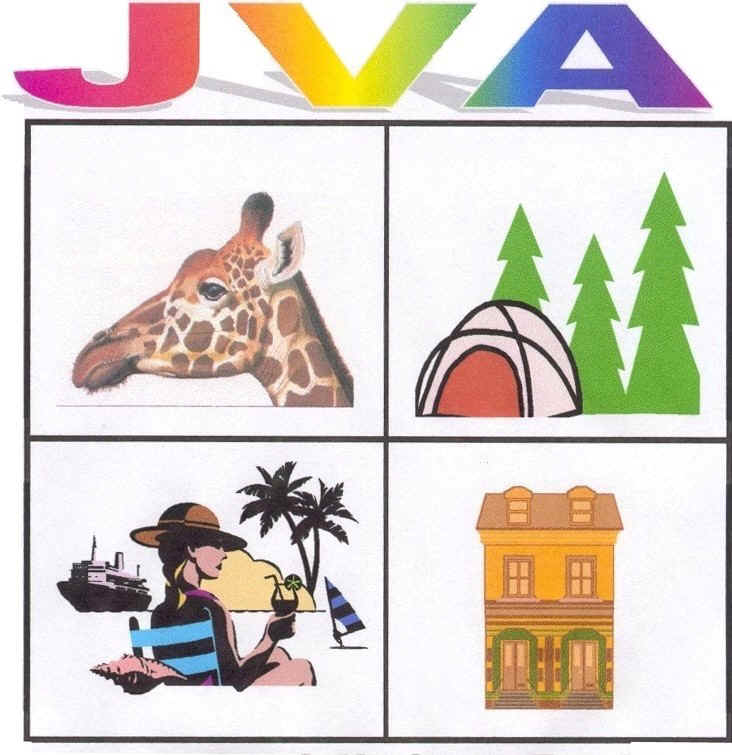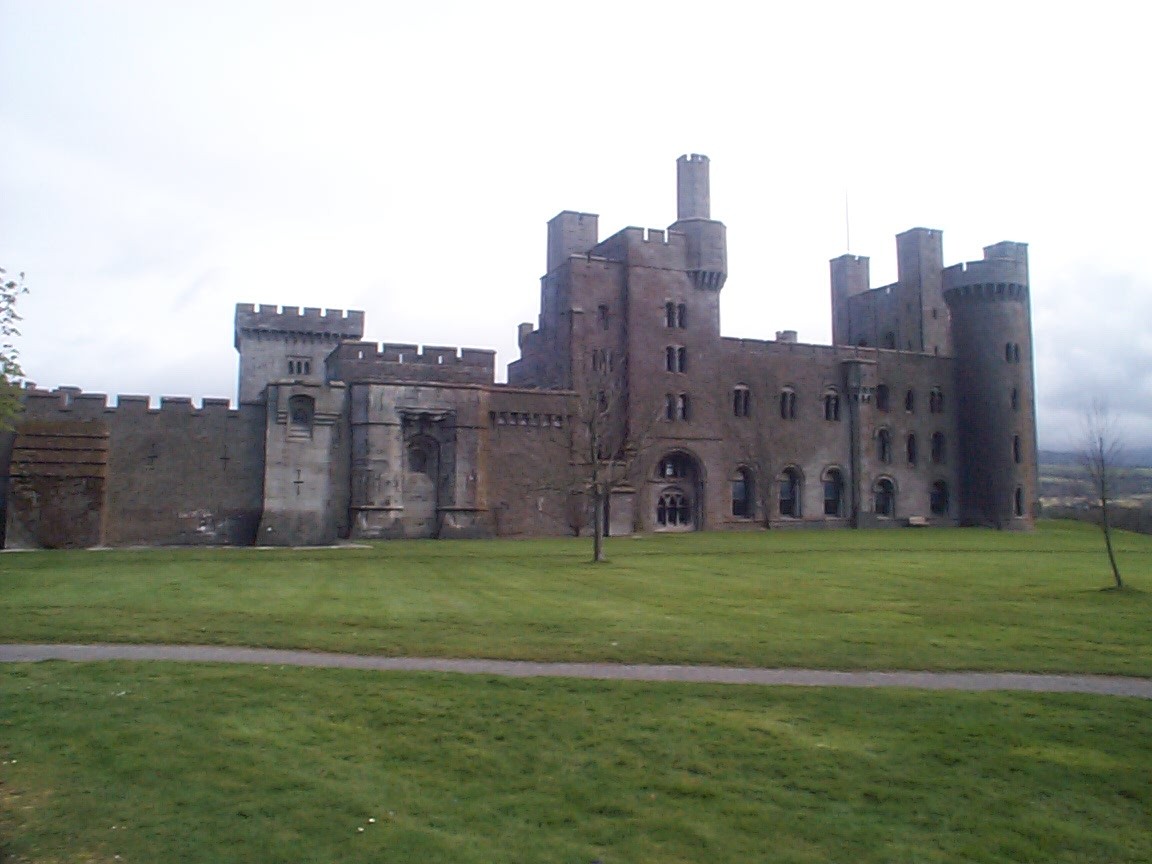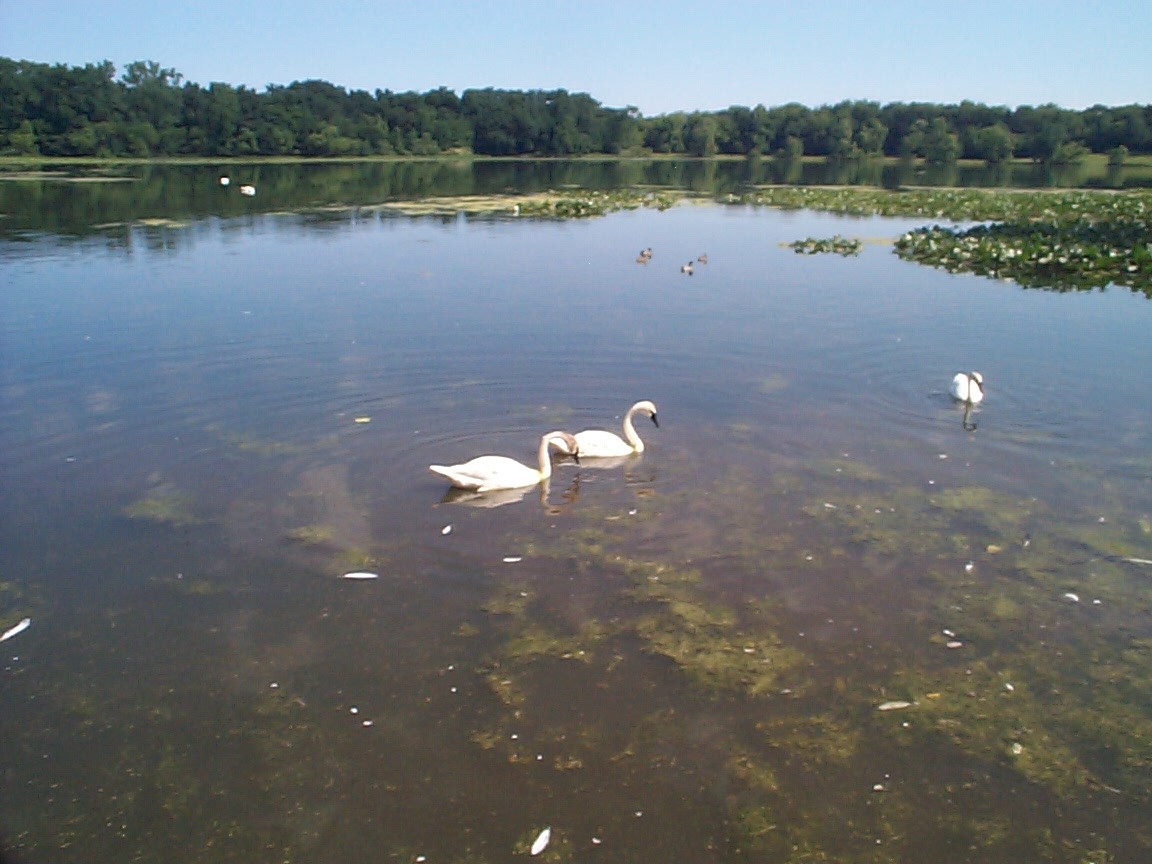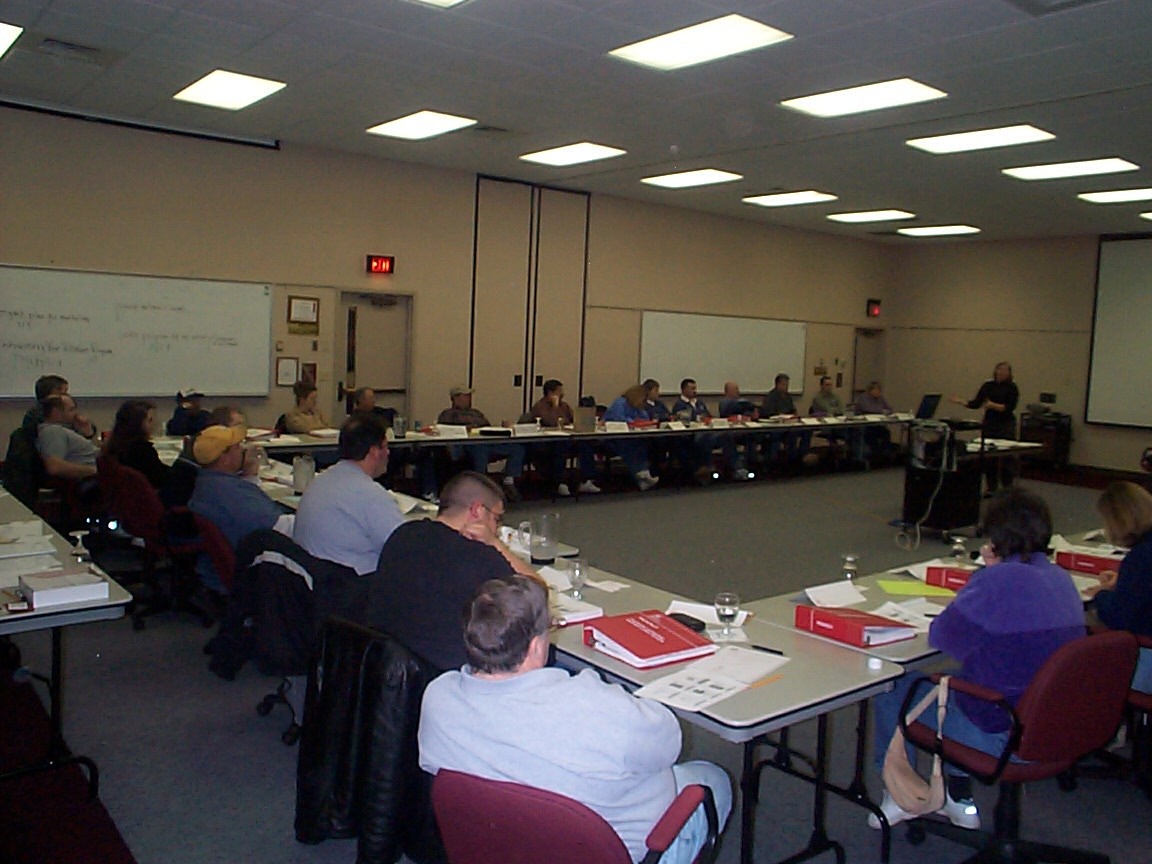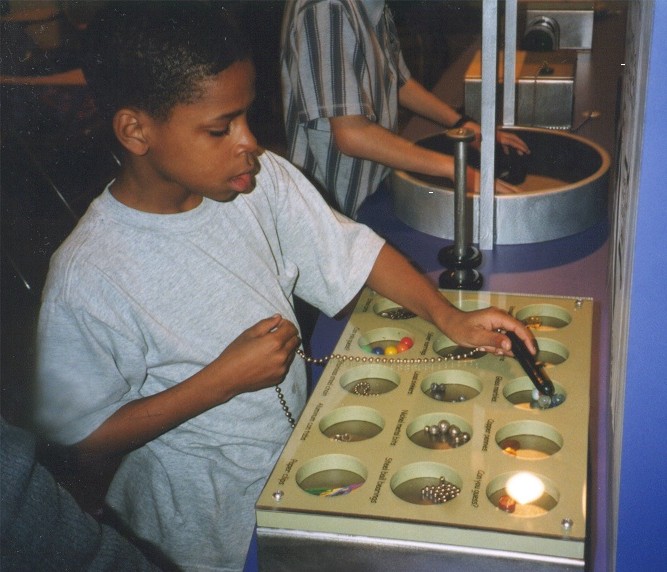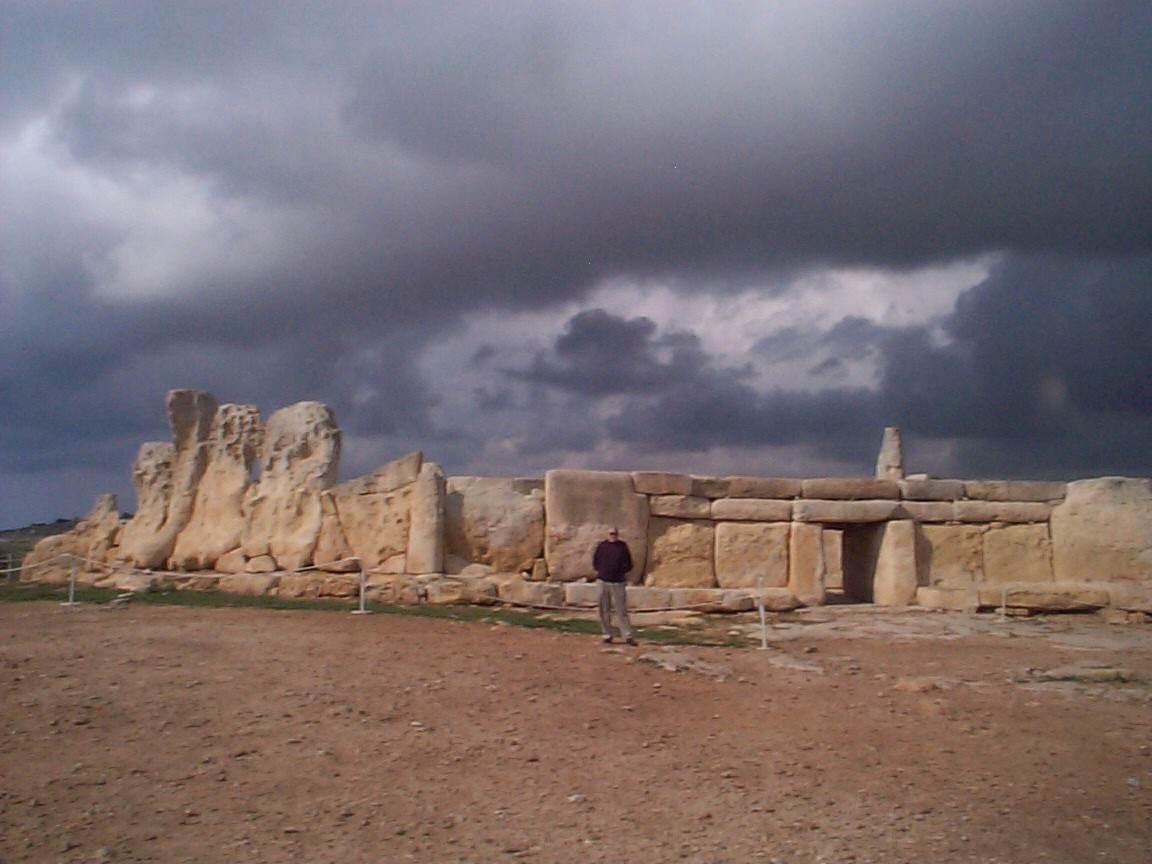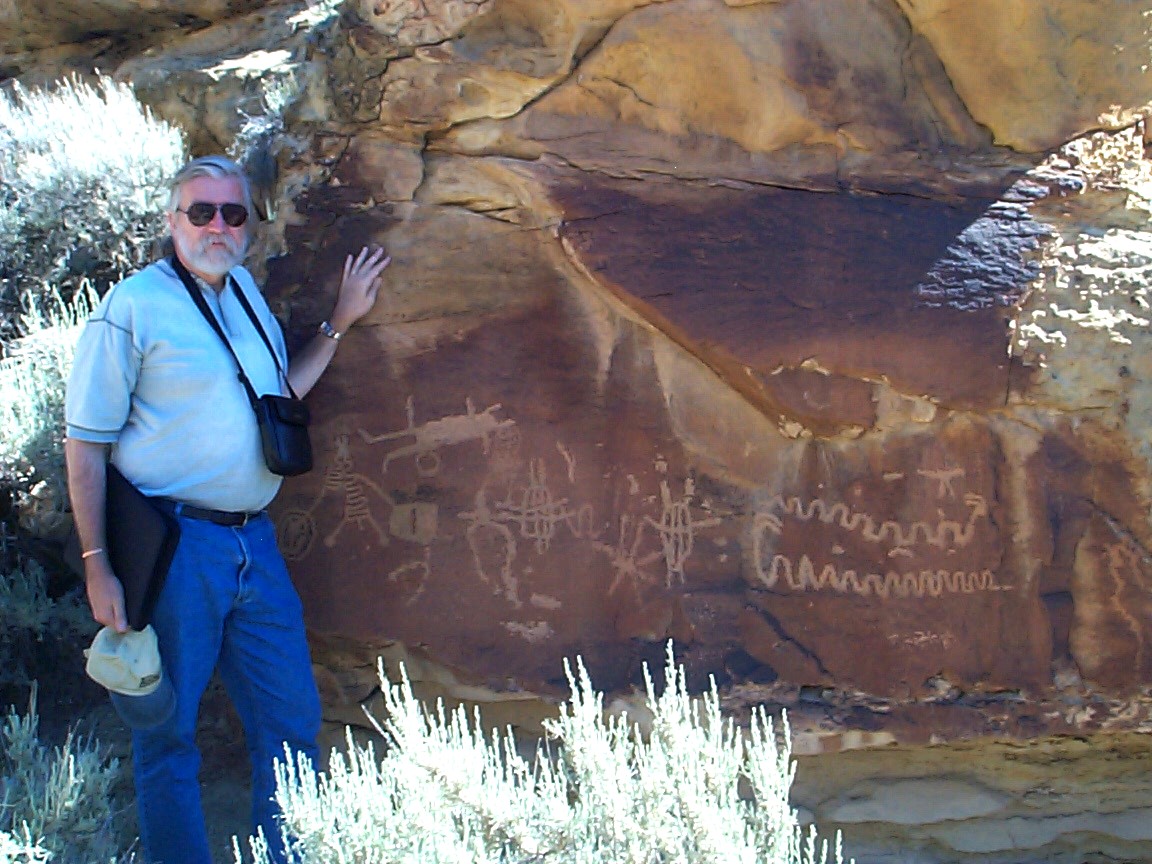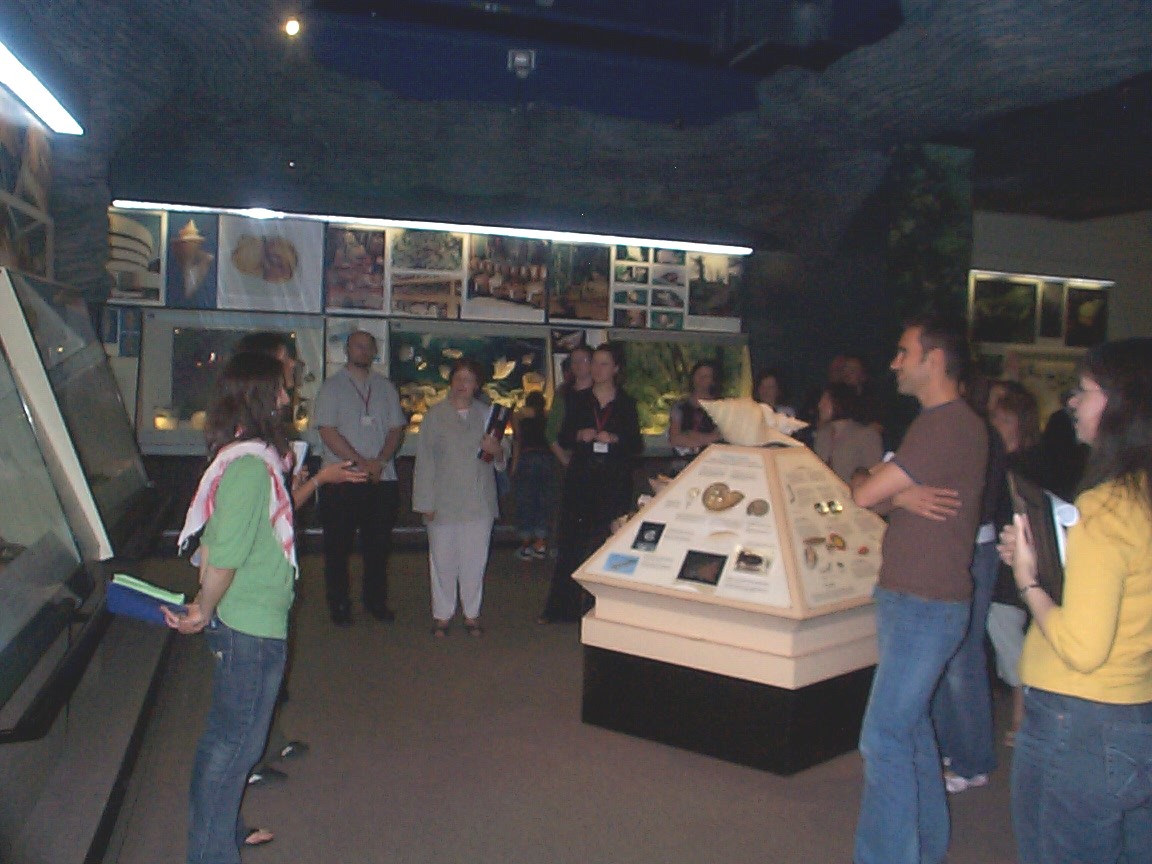|
Qualifications
2010 Projects
2009 Projects
2008 Projects
2007 Projects
2006 Projects
2005 Projects
2004 Projects
2003 Projects Interpretive
Services Library Interpretive
Planning Scenic Byways Evaluation Links
Text Book
Training Video Home Page
| |
Interpretive Communication
The Key to Successful Heritage Tourism Marketing Planning and Program
Design
John A. Veverka
Heritage Tourism/Interpretation Planner
You already know what Interpretive Communications is! You have
seen it on TV, heard it on radio, and seen it used in magazine advertisements. So why don’t
you recognize it? Interpretation is the most powerful communication process we have
available to us to communicate to our market groups with! Are you "provoked"
to learn more? Good! That’s one of the first principles of interpretation.
Interpretation as a profession began back in the 1950’s in the National Park
Service. The guiding principles of interpretation were penned by Freeman Tilden in his
book Interpreting our Heritage (1957) and became the communication strategy
used by Park Service naturalists (now called interpreters) in conducting their public
tours and programs. Interpretation is defined as: a communication process designed to reveal
meanings and relationships of our natural and cultural heritage, to the public (or our
visitors), through first hand involvement with objects, artifacts, landscapes or sites.
Today interpretive communication strategies are used by educators, interpreters, and
communication professional working in a wide range of visitor contact areas such as
museums, zoos, botanical gardens, parks, historic sites, urban interpretive sites,
factories, scenic byways – any place we want to interpret the story or essence of a
site to visitors.
Professional interpreters translate the story of an artifact, site or other related
message from the language of the expert to the language of the visitor. And this is
where interpretations role and its key importance to heritage tourism begins.
In interpretation, the structure of the interpretive communication, from live program
to brochure or exhibit design, follow this simple, yet powerful strategy.
The message must:
 | Provoke the attention or curiosity of the visitor/audience. If you can’t get
their attention or interest, you can’t communicate with them. |
 | Relate to their everyday lives or experiences. We must communicate to them in
terms and examples that they can understand. |
 | Reveal the essence or key parts of the message last – we want an "oh
my" response. |
 | Strive for Message Unity – Use the right colors, design style, music, etc.
(stage setting) to support your total message presentation. |
 | Address the Whole – illustrate how this specific interpretation is part of a
larger picture, such as how "this" historic home is an example of a larger
community story. |
These are the guiding "interpretive principles" in constructing an
interpretive message. This format for communication success should sound familiar. It is
the message structure for a "Paul Harvey Rest of the Story", and the
communication structure for almost all advertisements you have ever seen. In commercial
terms, this communication process tells you:
 | Why you need this product (provoke). |
 | How this product will benefit you (relate) |
 | How little it costs and how easy it is to do/acquire (reveal). |
 | Why other people just like you are using it/buying it (relate & reveal). |
 | This is another fine product brought to you by "___"! (Address the whole
– show how this is from a "family" of related products or company image). |
Interpretation for Heritage Tourism Planning.
Based on the interpretive principles, interpretive planners also have a formal planning
model for success – again also used in marketing and advertising. In simple terms,
our planning format considers:
What? - is the story, site, or message to be interpreted to visitors.
Why? – what are the specific objectives (learn, feel, do) that the interpretive
message(s) is being designed to accomplish?
Who? – are our target markets, what are their interests, demographics, visitation
or use patterns, what are they "looking for" in a heritage tourism setting. What
will be required for the story presentation to "relate" to these specific
audiences?
Media – What kinds of interpretive programs and services will we need (live
historical interpreters, guides, self-guiding leaflets, audio cassette tapes, visitor
center exhibits, etc.?
Implementation and Operations – What will it cost, what will it take to implement
the marketing or programs, who will do it, etc.
So What? Evaluations, pre-testing, feedback. Were the objectives accomplished (was the
marketing, programs, tours, etc. successful – why or why not?).
The two key questions in developing heritage tourism programs or services for the
public.
We often forget that we are developing heritage tourism opportunities for visitors. It
is important to understand them as well as we understand the individual sites we want to
attract them to. In marketing and planning heritage tourism opportunities, we have to ask:
- Why would a visitor want to know (do) this?
- What do we want them to do with the information we are interpreting to them?
As we look at these two questions, the first question reflects back on our interpretive
principles of provoke and relate. If visitors aren’t interested in learning
about historic forts, or the sites along a scenic by-way – they won’t want to do
the experience. Interpretation works to "create interest" and tell the visitor
how they will BENEFIT from it. They would "want to know this information"
because they will get a return on their investment of time, money, and recreational
learning.
The second question is one of product – what do you want in return for your
heritage interpretation/tourism investment? Do you want visitors to stay longer, buy items
from gift shops, gain support for preserving important sites, get visitors to become
volunteers, encourage visitors to use the site in a safe and stewardship-like manner?
There are no "right" answers to these two questions. The answer will differ
depending on your site or project. But the answers are important in planning your total
heritage tourism marketing and presentation efforts.
The Product of the Product!
This is another key element for interpretation helping to make heritage tourism efforts
successful. The product of the product is a main planning concept for any heritage tourism
marketing plan, and interpretive program/services planning.
By selling the product of the product you put the context of the message in terms that
the targeted user will better understand. For example:
 | Are you selling drills or holes? |
 | Are you selling cosmetics or hope? |
 | Are you selling cars or social status? |
 | Are you selling scenic by-ways or community heritage? |
 | Are you selling historic houses or the value of preserving them? |
 | Are you selling things or experiences? |
This concept is, to me, the most important part of heritage tourism marketing and
presentations, and another reason why it will have limited success without interpretive
communications.
Interpretation is product based! We must understand what it is that we are
selling as our heritage tourism products, because we plan and design all of our
interpretive media and services to focus on that final product. What is the product of the
scenic by-way experience, for example? Do you really think that visitors will want to
memorize all of the information about the historic buildings, forests, gardens, etc. that
they will see? Why would they need to know this? Or are you really selling as a product
of the by-way drive – a beautiful and scenic experience that illustrates the
value to communities in preserving their heritage. The historic sites, industry and nature
the by-way interpretation reveals to them all are examples of this larger story.
If you are doing any form of heritage tourism, you need to be product based, and
experience based. Because the bottom line is that you are only marketing one thing as your
product to visitors – BENEFITS!
What is/are the benefits of doing a scenic by-way tour? What are the benefits to a
visitor for visiting a historic shopping district? What are the benefits to the visitors
in visiting a historic village, a nature center, a zoo, a garden? If there were no
benefits to the visitor, then why would they want to go there? If there are no benefits to
visiting a heritage tourism site – don’t be surprised if no one shows up.
Visitors select their heritage tourism visits after comparing one opportunity to others
– finally selecting the one that has the best benefit package to them (distance from
home, total costs, things to see and do, unique experiences, something for all family
members, food service or other "needs", intrinsic values or interests, etc.).
This takes us back to our heritage interpretation planning. We must understand our
audience, understand how to provoke their attention, relate to their (target market)
needs, and reveal the many benefits or rewards waiting for them if they select a
particular attraction or experience.
Then when the visitor arrives at the site or attraction, the on-site interpretive
programs take over to produce the array of "products" the visitor came for (fun,
be part of something special, see something special, have unique experiences, etc.). The
bottom line – Interpretation makes Heritage Tourism Successful and meaningful.
So why is interpretation critical for the success of any heritage tourism project?
Here are six reasons:
- Interpretive communications is based on communication principles from marketing,
advertising, consumer behavior, recreational learning and other successful communication
strategies – IT WORKS!
- Interpretation is Objective Based – we want measurable success.
- Interpretation is audience based – if you don’t truly understand your
audiences or potential audiences you will only have marginal tourism marketing success.
- Interpretation is PRODUCT based (the product of the product). It helps you focus on what
it is you are "really" promoting to visitors.
- Interpretation is BENEFIT based (as products). Interpreters know that if there are few
heritage tourism benefits for visitors to come to a particular site, the visitors will
probably go someplace else with a better benefit package.
- Interpretation is the MOST powerful communication process you have available to you to
communicate to your market groups with!
Summary
In this short paper I have provided a brief overview of the importance of interpretive
communications to any heritage tourism effort. It is interpretive communications that
speaks directly to and with the visitor. Interpretation helps visitors to understand,
appreciate, value, and care for our (their) cultural and natural heritage. It provides the
visitors with relevance, and makes them feel a part of the experience. A
"historic" home with out interpretation is just an "old" home. A
Scenic By-way, without interpretation, is just a road. Interpretation gives heritage sites
life, and visitors a story to experience and feel good about.
Having interpretation as a key part of any heritage tourism effort isn’t just
desirable – you probably can’t have a truly successful heritage tourism program
without it!
Hopefully this paper has provoked you to want to learn more about and use
interpretation, related to you specific reasons why you need it, and revealed
the many benefits you will gain from using it. After all:
Interpretations product is YOUR success!
John Veverka & Assoc. jvainterp@aol.com
|
|

